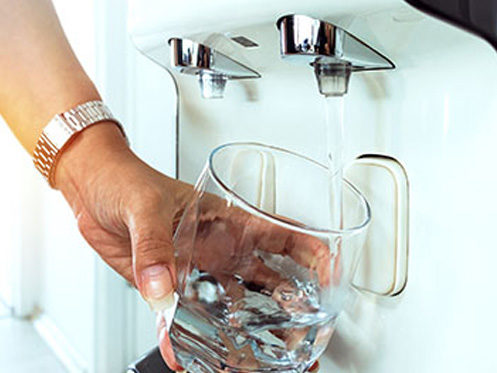Running out of water has been a worry primarily for others historically. Lincoln has been blessed with a good supply of quality water so far. It seemed we really had no reason to worry.
That seems to change every day as so many others have specific water needs. Kansas wants more of our water supply and lawsuits should settle that dispute. Lakes and reservoirs in Nebraska need more water. Farmers need irrigation water for crops. Omaha drilled a wellfield upstream of our water supply on the Platte River. The list goes on and on. What does this all really mean to our future water supply?
I started researching water supply needs after joining the Lincoln Water System (LWS) Stakeholder Committee. I found plenty of data available to measure our current usage and better understand future needs. Our current water supply situation is far from being in a panic mode, but it seems like a great time to better understand our future needs.
The LWS Stakeholder Committee consists of a cross-section of 17 members from various areas of the community that have a genuine concern for the future of our water supply and associated costs. As we examined our water needs through 2060, we found there is a lot to understand and consider.
The encouraging news is LWS has been proactive as they continue to manage the water system closely and develop plans. With the help of many including HDR, a global employee-owned consultant, LWS has potential solutions to share.
There will be an In-Person Open House on April 30th from 4–7 PM at the Auld Pavilion Recreation Center, 1650 Memorial Drive, in Lincoln. You can provide input before that meeting by taking an online survey at Water.Lincoln.Ne.Gov.
Community input will be important because there are costs to consider with an additional water supply to get us through 2060. There are also operational and maintenance costs to consider.
One maintenance cost is the deteriorating 1,200 miles of water distribution piping. Approximately 193 miles of it were installed between 1884 and 1933.
In 2012 there were nearly 20 breaks per 100 miles. Current replacement rate is 5 miles of pipe per year at a cost of $4M, which is not enough. The piping system is deteriorating faster than it is being replaced. Odds are breaks will occur at an even faster rate.
The basic rule of supply and demand is costs go up with increased demand.
One short-term way to reduce the sting of increased water costs is through conservation.
Individually we can use a lot less water. Deb and I learned more about water conservation through camping. Yes, a shower each day is advisable, but we learned to use less water and found water can go farther.
Fixing water leaks also helps. Toilets are the number one fixture that wastes water as it leaks from the tank through the bowl. A little food dye in the tank is a good indicator if it passes to the bowl without flushing.
Conserving water on yards and landscapes is actually fairly easy to do with a little planning. It’s a great time of year to choose trees, plants, and grasses that use less water. A list of those that work great in our community is available from the Mayor’s Water Conservation Task Force.
Even simple things like keeping grass at 3.5” tall will help build the root systems and naturally reduce the need to water. Watering in the early morning hours before 9:00 AM works best to help slow down evaporation. Bark placed round the bushes will help retain moisture better than decorative rocks. There are many things we can do to conserve water.
Our water quality will continue to be challenged even more as populations increase. We will naturally put a strain on the quality of water as more chemicals are used.
LWS does a great job of supplying water that meets Safe Drinking Water standards to end-users but more can be accomplished by having an inexpensive Reverse Osmosis unit installed under the kitchen sink to use for all drinking water. It can also supply water to the icemaker for crystal clear ice cubes. Even safer drinking water is a phone call away.
Our community has important decisions to make to insure our future water supplies are available. The City of Lincoln is proactively collecting input so decisions can be made in a way that best protects our community.

